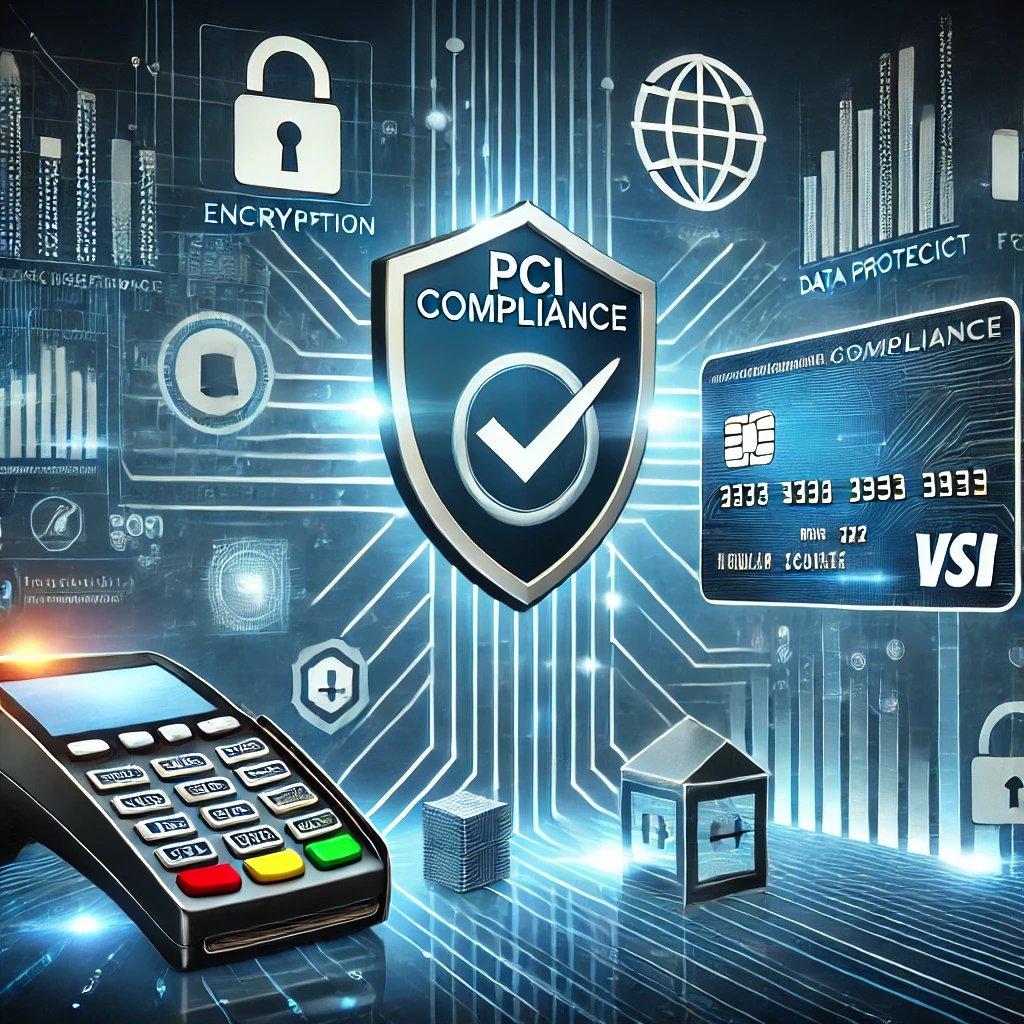Introduction
In today’s digital economy, businesses engaged in high-risk payment processing face unique challenges when securing transactions and protecting sensitive financial data. Industries such as online gaming, CBD, adult entertainment, and e-commerce are classified as high-risk due to elevated chargeback rates, regulatory scrutiny, and increased susceptibility to fraud.
One of the most critical compliance frameworks these businesses must adhere to is the Payment Card Industry Data Security Standard (PCI DSS). PCI compliance ensures that businesses securely handle cardholder data, reducing the risk of breaches and financial penalties. However, high-risk merchants often struggle to meet PCI requirements due to the complexities of their transactions and industry-specific security risks.
This comprehensive guide will walk you through PCI compliance for high-risk businesses, providing a step-by-step approach, expert insights, real-world examples, and practical strategies for ensuring compliance while optimizing payment security.
What Is PCI Compliance & Why Does It Matter for High-Risk Payment Processing?
Understanding PCI DSS
The Payment Card Industry Data Security Standard (PCI DSS) was established by major credit card networks (Visa, Mastercard, American Express, Discover, and JCB) to set security standards for handling card transactions.
PCI DSS applies to all businesses that process, store, or transmit cardholder data, with non-compliance leading to severe penalties, including fines ranging from $5,000 to $500,000 per month or even termination of merchant accounts.
Why PCI Compliance Is Critical for High-Risk Merchants
High-risk businesses often experience:
- Increased chargebacks: Excessive chargebacks can trigger account holds or shutdowns.
- Higher fraud exposure: Industries like online gambling and forex trading attract more fraud attempts.
- Stricter regulations: High-risk merchants face additional scrutiny from payment processors and banks.
- Higher transaction volumes: Managing compliance at scale is more complex.
By achieving PCI compliance, high-risk businesses can secure customer trust, reduce fraud, avoid fines, and maintain uninterrupted payment processing.
Step-by-Step Guide to PCI Compliance for High-Risk Businesses
Step 1: Determine Your PCI Compliance Level
PCI DSS compliance is categorized into four levels, depending on the annual number of card transactions a business processes:
| PCI Level | Criteria | Requirements |
|---|---|---|
| Level 1 | Over 6M transactions per year | Annual on-site audit + quarterly scans |
| Level 2 | 1M – 6M transactions per year | Self-Assessment Questionnaire (SAQ) + scans |
| Level 3 | 20K – 1M transactions per year | SAQ + quarterly vulnerability scans |
| Level 4 | Under 20K transactions per year | SAQ only |
High-risk businesses are often required to comply with Level 1 or Level 2 requirements due to their elevated risk profile.
Step 2: Complete a Self-Assessment Questionnaire (SAQ)
The SAQ is a self-evaluation tool that helps merchants identify compliance gaps. High-risk businesses typically complete SAQ D, the most extensive questionnaire, covering areas such as:
- Secure network architecture
- Data encryption protocols
- Access controls
- Vulnerability management
- Regular security testing
Step 3: Implement PCI DSS Security Measures
To meet PCI standards, high-risk businesses must establish the following security measures:
1. Secure Network & Systems
- Use firewalls to protect cardholder data.
- Maintain strong access controls for payment processing systems.
- Implement intrusion detection systems (IDS) to monitor threats.
2. Encrypt Cardholder Data
- Use end-to-end encryption (E2EE) and tokenization to secure sensitive data.
- Ensure that stored cardholder data is encrypted using AES-256 encryption.
3. Conduct Regular Security Testing
- Perform vulnerability scans quarterly using an Approved Scanning Vendor (ASV).
- Conduct penetration testing annually to simulate real-world attacks.
4. Restrict Access to Payment Systems
- Apply role-based access controls (RBAC) to limit data access.
- Enable multi-factor authentication (MFA) for employees handling payments.
Step 4: Work with a PCI-Compliant Payment Processor
Using a PCI-compliant payment gateway reduces compliance burdens by ensuring transactions meet security standards. Look for providers that offer:
- Fraud detection tools powered by AI
- Chargeback prevention solutions
- Secure payment tokenization
- Multi-currency support for global high-risk merchants
Step 5: Conduct PCI DSS Audits & Maintain Compliance
Stay updated on PCI DSS version changes to implement new security measures.
Schedule annual audits to validate PCI DSS compliance.
Monitor security logs for anomalies.

